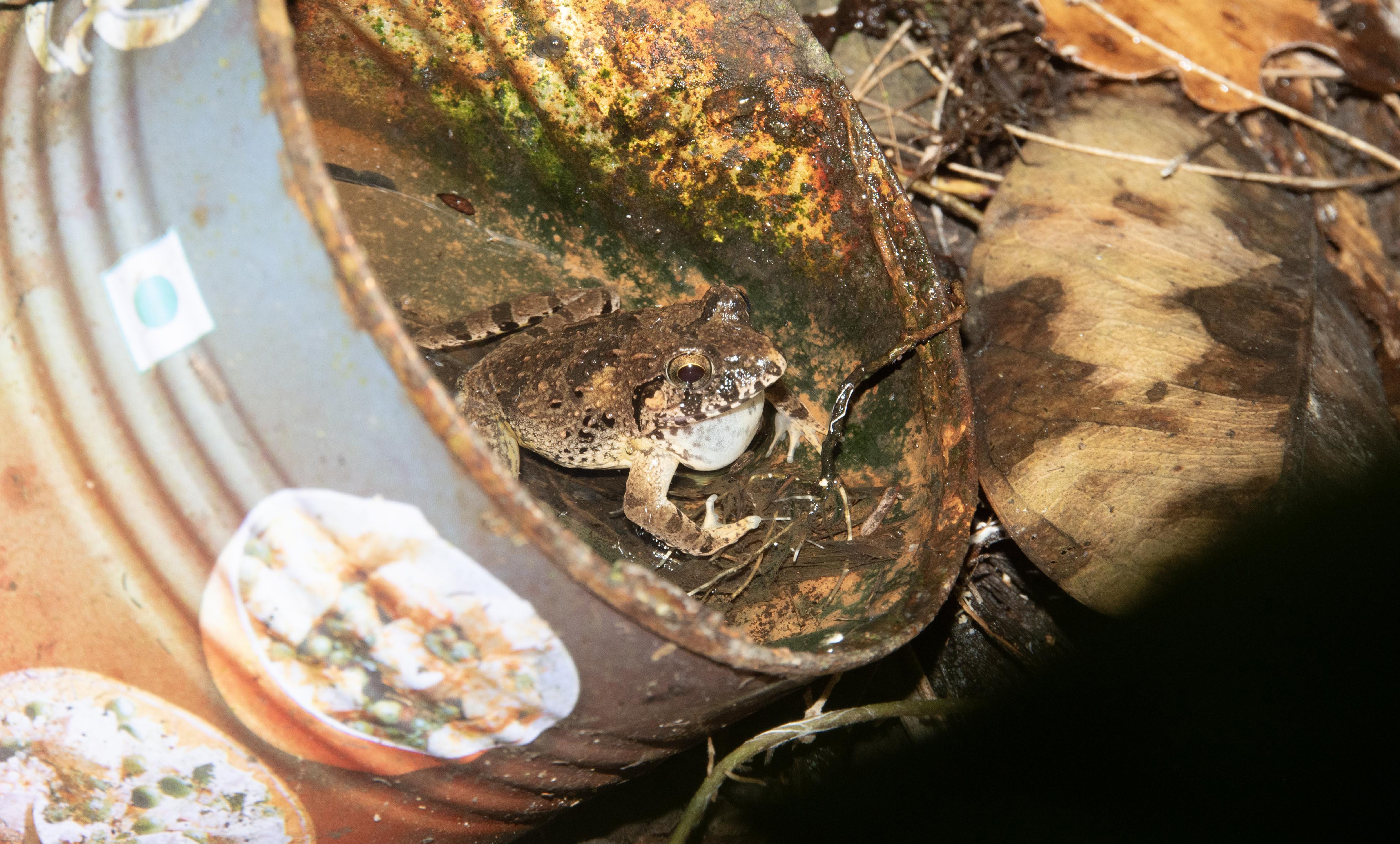If you thought humans were the only ones capable of getting creative in the baby-making process, think again. In the forests of India’s Andaman Islands, there’s a small species of frog with a unique breeding behavior that involves them being upside-down.
The frog in question is Charles Darwin’s frog (Minervarya charlesdarwini), named after the famed naturalist. Over the course of three years, a team of biologists spent many nights in the island’s forests – including during the monsoon season – seeking out the frogs to find out more about how they reproduced.
First things first, it turns out that to successfully find a partner as a male Charles Darwin’s frog, you’ve got to be willing to get a bit aggressive – and maybe even lose a limb. If a hostile call isn’t enough to put a competitor off, it can quickly become fisticuffs at dawn, involving kicking, boxing, and chomping on each other’s body parts and heads.
Such aggressive tactics aren’t unusual in the frog world, but when it comes to the point of spawning, the process becomes far less typical for Charles Darwin’s frogs.
The researchers discovered that not only were the frogs the only species within the wider frog family Dicroglossidae to lay their eggs in water-filled tree holes, but they also did something seen in no other species of terrestrial frog that lays its eggs in this way.
At the point where the female frog is ready to pop out her eggs and the male ready to release sperm to fertilize them, the mating pair position themselves within the tree hole upside-down, completely out of the water. It’s thought this could be a way of preventing further attacks from competitive males.
“Upside-down spawning is the most remarkable behavior in this frog. No other frog is known to lay terrestrial eggs inside tree holes in an upside-down position,” said study lead Professor S. D. Biju in a statement. “This discovery is fundamental for understanding how the species interacts with its environments and which habitats are essential for its survival.”
What the team wasn’t expecting to find was that, in multiple instances, they found the frogs breeding in places where they naturally wouldn’t – plastic sapling bags and rain-filled trash. It’s thought that this could come down to habitat loss, with the population of Charles Darwin’s frogs currently estimated to be decreasing for the same reason.
Frogs were found breeding in rain-filled discarded food cans.
Image credit: G. Gokulakrishnan
“The frogs’ use of trash for breeding is both surprising and worrying. We now need to know its causes and long-term consequences, and devise ways to protect the natural breeding sites that are critical for survival of the species,” said study co-lead Sonali Garg.
The study is published in the journal Breviora.
Source Link: Tiny Charles Darwin’s Frogs Like To Breed Upside-Down
